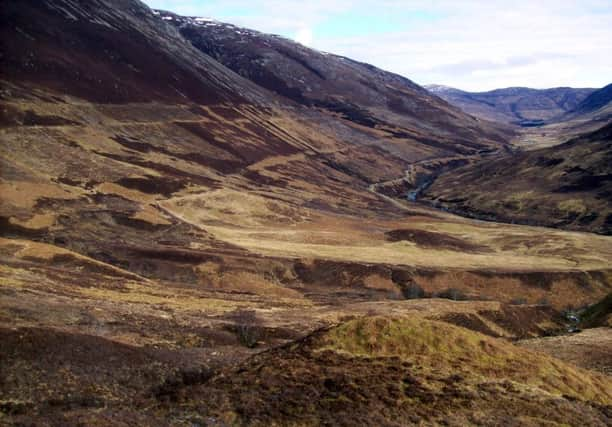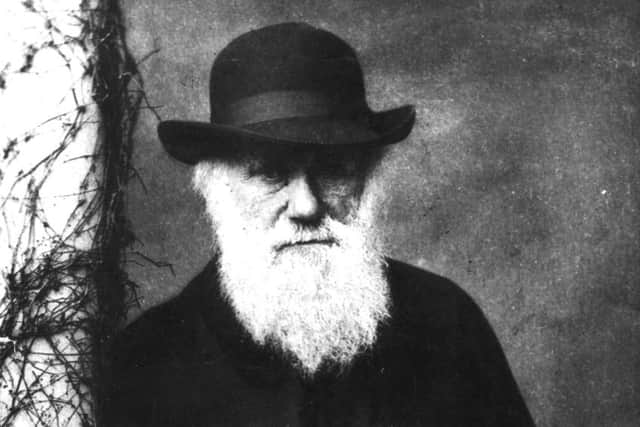Scots glen that inspired Charles Darwin ‘at risk’


The iconic Parallel Roads of Glen Roy persuaded Darwin to switch his research from evolution to geology.
They were carved into the mountainside by ancient glacial lakes as water repeatedly froze and melted before disappearing.
Advertisement
Hide AdSix decades ago, the area was given national nature reserve (NNR) status amid fears that trees would be planted to provide more timber.


But now, it may lose its protected status and disappear into obscurity because of a change in criteria.
Almost 1,400 people have signed a petition to prevent Scottish Natural Heritage (SNH) from making the decision, and they will oppose the discussions at a meeting in Inverness today (Thursday).
Jenny Bouwsema, from Lochaber Geopark, the organisation that launched the petition, said: “In the 1950s, postwar, the UK was desperately short of timber and wanted to plant in the area.
“It was given NNR status then to protect it from the damage that would have been done.
“It’s been a site of national importance for 60 years now and researchers come from all over the world to study it. Our petition has had a lot of support from the academic community.”
Advertisement
Hide AdSNH has told Lochaber Geopark that it has no intention of selling the land, but had been unclear about what they wanted to do with it, Ms Bouwsema added.
She also warned that NNRs designated for their geology rather than their wildlife were becoming an endangered species, with only 13 left in the country.
Advertisement
Hide Ad“There is a sense that landscapes and geology are being pushed aside,” she said.
“If its NNR status is taken away, only academics will know about the road.
“Researchers will come and visit but it will not be marked on any maps, people will not visit and children at the local high school will have no knowledge of it.
“It will disappear into obscurity.”
The benches, several feet wide, captured the imagination of Darwin and he was so intrigued by the area that after his return from his South American expedition he turned his focus to geology.
He produced a paper in 1839 which argued that the shorelines were of marine origin, only to be contradicted a year later by geologist Louis Agassiz.
Agassiz argued that the roads were cut by a glacial freeze-thaw process - and Darwin admitted his gigantic blunder shortly before his death.
Advertisement
Hide AdFrom a distance the terraces resemble man-made roads running along the side of the glen, which gave the area its name.
Ian Ross, the chair of SNH, said the new criteria focused on visitor experience, which the agency’s officers had found lacking.
Advertisement
Hide AdHowever, the leader said the wider context of the local support could persuade the board to vote against the recommendations.
He said: “The officers wrote their report in line with the criteria but it is important for us to look at the wider context.
“We are keen to engage with the local community and Lochaber Geopark.”